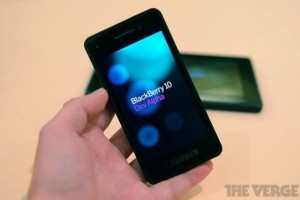Godiva, known as luxury chocolate brand from Belgium is launching into cities of China to compete with existing competitors to share a sweet success of the market. As mentioned by the article, since the opening of its first Godiva store in Shanghai’s Grand Gateway Mall, the manufacturer plans to expand geographically into other places of Shanghai. The two new locations will be in the city’s Xintiandi area and at Shanghai International Financial Center (IFC).
Since Chinese people’s living standard continues to improve, they are looking for brands, especially brands from America or European countries. As mentioned further in the article, there is a report shows that China’s luxury goods sales saw 12 % growth in 2009, while the global market is experiencing an 8 % contraction. The total size of the chocolate market in China in 2009 is approximately 7 billion yuan and is expected to grow about 11% in 2011.
It is because of seeing the growth of Chinese demand for luxury products, the premier chocolate manufacturer Godiva also launching in more stores and expanding geographically to Beijing and Guangzhou. However, it is still a fresh entrant as compared to its competitors, therefore it has to create point of differences that will differentiate it from the others in order to experience continue success in the market.
Sources: http://www.chinadaily.com.cn/business/2010-01/30/content_9401690.htm















